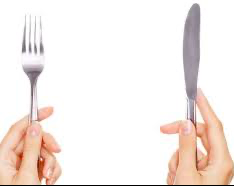
THE FOUND OBJECT #1
an outline of some initial thoughts on cutlery
cutlery. what lies beneath the trivial materiality of a fork? what is hidden under the cold, hard metal we hold every day? do you ever consider what power is has, what power it reflects? do you ever think about civilisation when you eat or do you ever think about intimacy when the knife cuts your bread? what is a spoon for you? did you forget your hands to the power of the west? did you forget the intimacy of your own hands, the power of your hands?
research
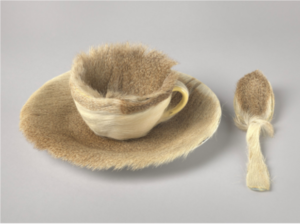
Meret Oppenheim, ‘obejct’ from 1936 is a good example of working with the found object, altering the conventional looks of it while as the same time keeping the clear references to the origin of the object/ the readymade
OTHER RESOURCES
- Food Art, Martin Roller
- Profile of Marcel Duchamp in a Coat Hanger, Ai Wei Wei
- Tete de Taureau, Pablo Picasso
- Home, Peter McFarlane
THE FOUND OBEJCT #2
associating sound with object. visualising cutlery through senses. hearing the object
THE FOUND OBJECT #3
culturally understanding object symbolism
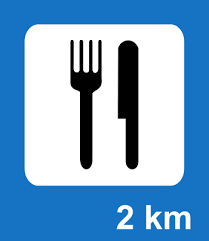
THE FOUND OBJECT #4
working with the shape of the object. altering the way we perceive and understand it. awakening the object
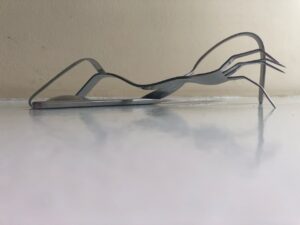
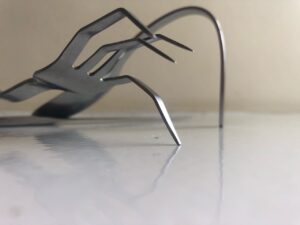



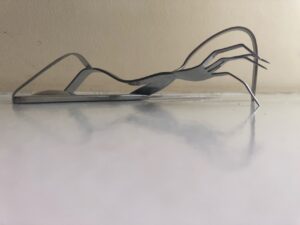
consider this the finishing product of the research done surrounding cutlery as a found object or a so-called readymade. a series of pictures taken of a sculpture made by cutlery. a product of understanding its materiality, sound, symbolism and cultural meaning. Positioning it outside its conventional framework and challenging the understanding of it, changing the focus.
imagining a piece for exhibition
enlarged. a sculpture where scale makes the viewer uncomfortable. challenging our understanding of the scale of objects. enhancing all the thoughts on perception about objects within the viewer. being confronted with the reality of the things we know and use every day. remembering
RESOURCE LIST FOR ‘THE FOUND OBEJCT’:
Oppenheim, Meret: ‘object’, 1936 picture source: https://www.moma.org/collection/works/80997
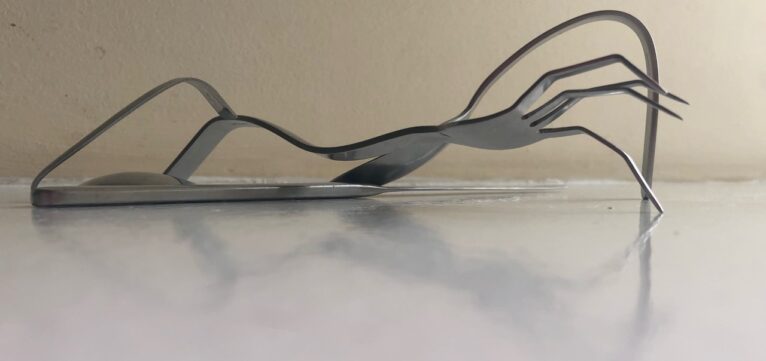
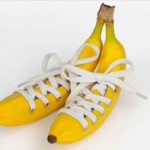
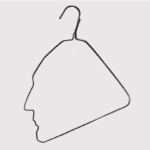

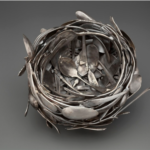


Leave a Reply